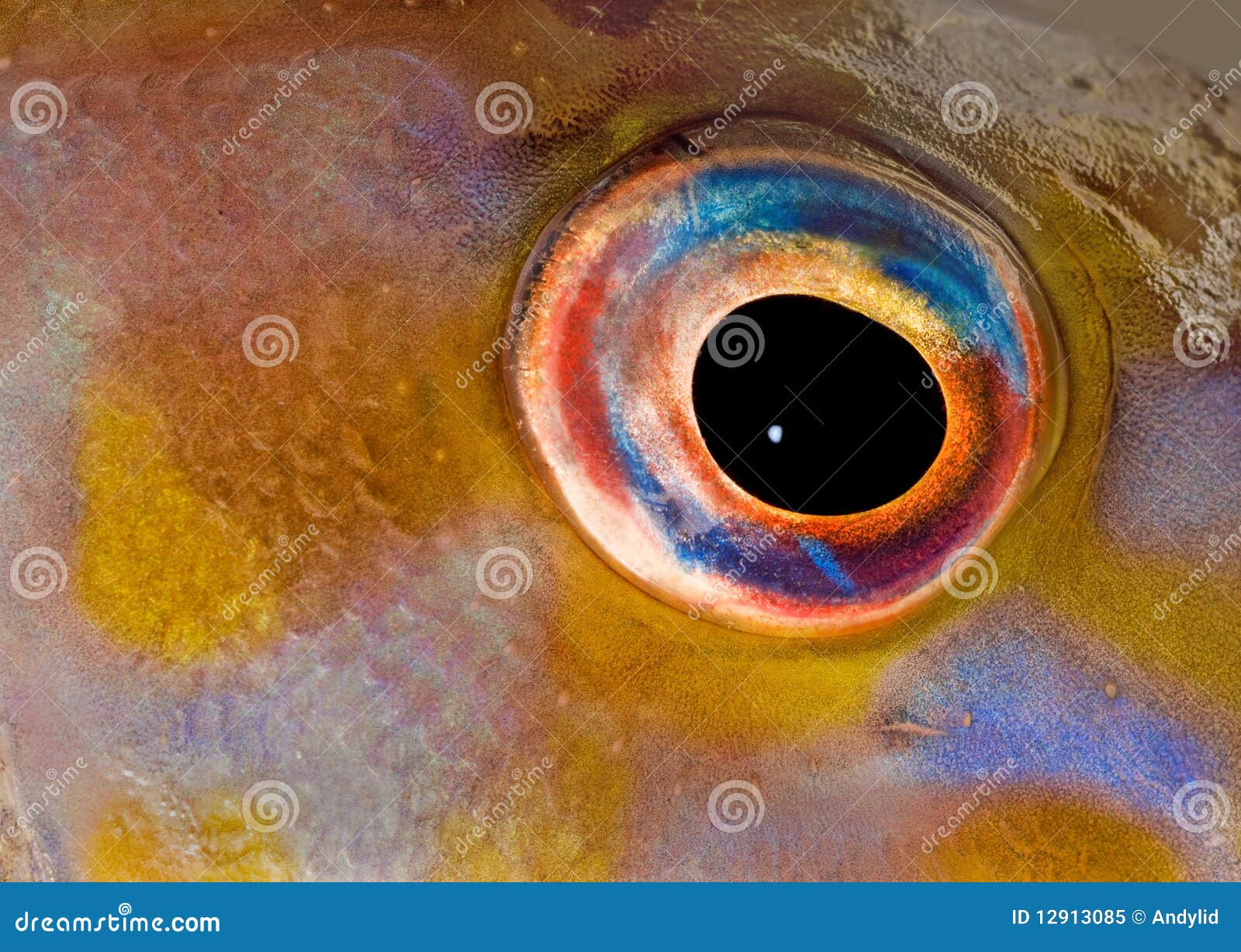/Telescope_Eye_Goldfish_2_Matteo_Tarenghi-56a32fc93df78cf7727c4c2d.jpg)
Have you ever wondered how fish perceive their underwater world? The answer lies in their remarkable eyes, specifically their fish eye. Fish eyes are unlike any other, allowing them to navigate, hunt, and communicate effectively underwater. In this article, we will explore the fascinating features of fish eyes and understand how they contribute to the survival and success of these aquatic creatures.
Anatomy of a Fish Eye

The structure of a fish eye is quite different from that of human eyes. While human eyes have a spherical shape, fish eyes are more elongated and cylindrical. This unique shape allows fish to have a wider field of vision, enabling them to detect predators or prey from various angles.
Another interesting feature of fish eyes is the presence of a highly reflective layer called the tapetum lucidum. This layer enhances their vision in low-light conditions by reflecting light back through the retina. It acts like a mirror, increasing the sensitivity of their eyes and allowing them to see clearly even in murky waters.
Color Vision in Fish

Contrary to popular belief, fish are not colorblind. While their color vision may not be as vivid as that of humans, they can still perceive a wide range of colors. Some species of fish, like reef-dwelling ones, have even developed specialized cone cells that allow them to see ultraviolet light. This ability helps them identify patterns, recognize mates, and locate food sources more effectively.
Depth Perception and Focus

Fish eyes excel at depth perception, helping them gauge distances accurately underwater. This is due to their ability to focus on objects both near and far. Unlike humans who adjust the shape of their lenses to focus, fish move their entire lens forward or backward to achieve focus. This mechanism allows them to adapt quickly to changes in their environment.
The Role of Fish Eye in Hunting

Fish eyes play a crucial role in the hunting strategies of various species. Predatory fish, such as pikes and barracudas, have forward-facing eyes that provide binocular vision. This enables them to accurately judge the distance and speed of their prey, ensuring a successful strike. On the other hand, prey fish often have eyes positioned on the sides of their heads, granting them a wider field of vision to detect predators approaching from any direction.
Communication through Visual Signals

Visual signals play a significant role in fish communication, and their eyes are instrumental in conveying these messages. Many species have evolved vibrant colors, patterns, and eye movements that serve as signals to attract mates, establish dominance, or ward off rivals. These visual displays are essential for maintaining social structures and ensuring successful reproduction within fish populations.
Adaptations for Different Environments

Fish have adapted their eyes to suit various aquatic environments they inhabit. For instance, fish living in shallow, sunlit waters have larger pupils to allow more light in. In contrast, deep-sea fish have developed eyes that are extremely sensitive to detect even the faintest bioluminescent signals. These adaptations showcase the remarkable versatility of fish eyes in adapting to their specific ecological niches.
The Evolution of Fish Eyes

The evolution of fish eyes is a testament to the adaptability and survival instincts of these creatures. Over millions of years, fish eyes have undergone significant changes to optimize their visual capabilities. From primitive light-sensitive patches to the sophisticated eyes we see today, fish have continually fine-tuned their vision to thrive in their watery habitats.
Conclusion
The fish eye is a marvel of nature, perfectly designed for underwater life. Its unique structure, color vision, depth perception, and adaptability make it an essential tool for fish survival. Understanding the intricacies of fish eyes not only provides us with insights into their world but also highlights the incredible diversity and complexity of life on our planet.